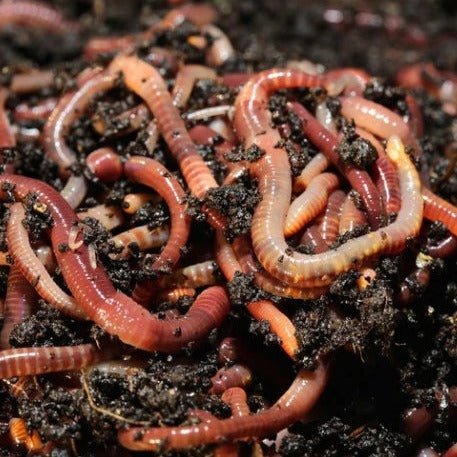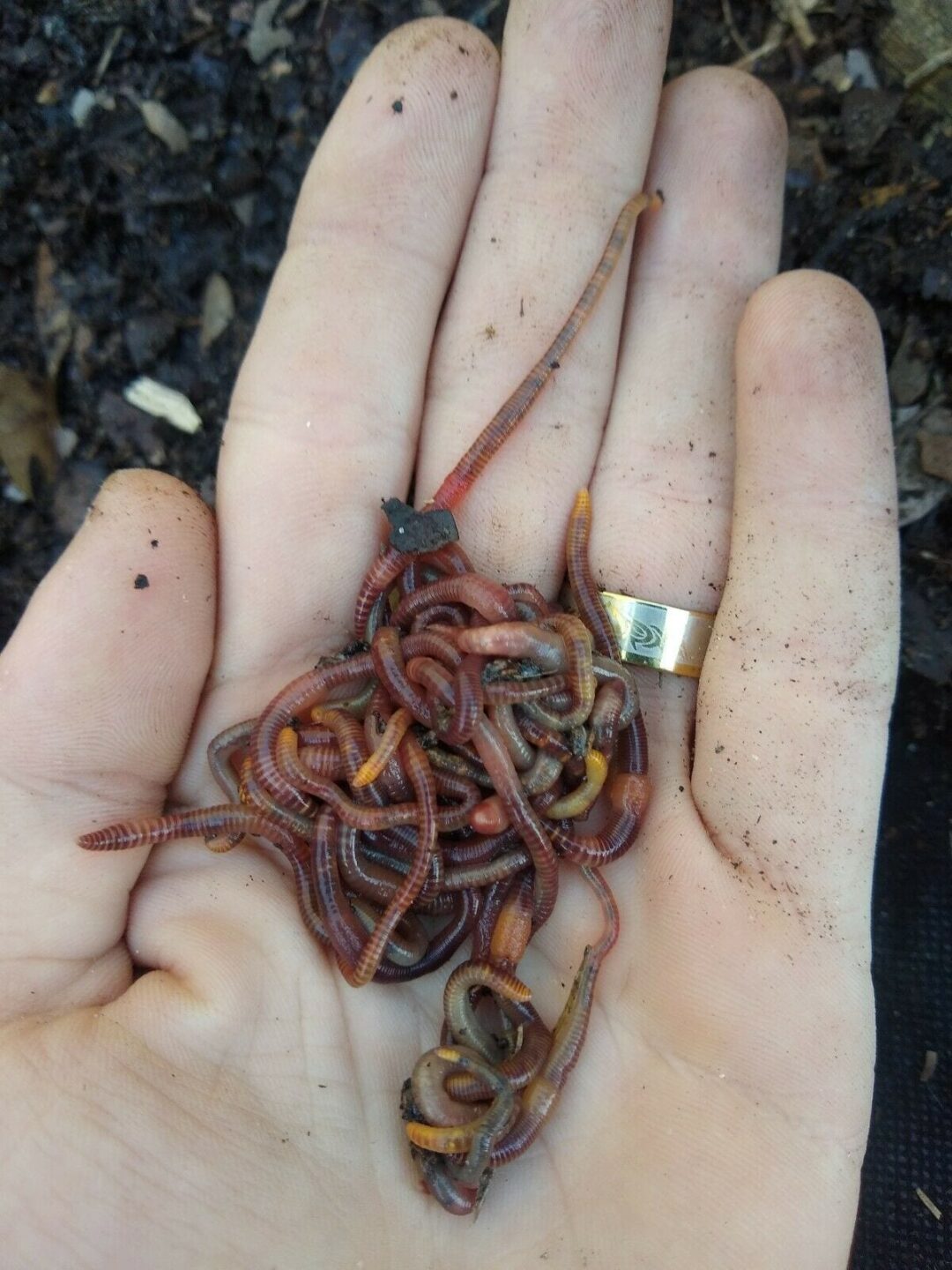Lake Hickory Bait: The Best Spot for All Your Fishing Essentials
Wiki Article
Unlock the Secrets of Red Wigglers: Your Overview to Composting Success
The combination of red wigglers into composting practices provides a substantial possibility for boosting soil wellness and advertising sustainability. Comprehending their demands and habits is critical for optimizing their capacity, from setting up an ideal worm bin to feeding them the appropriate products.
What Are Red Wigglers?
(Red Wiggler Express)Red wigglers, scientifically referred to as Eisenia fetida, are a varieties of earthworm largely used in composting as a result of their exceptional capability to decompose natural matter successfully. These worms are characterized by their reddish-brown pigmentation and a segmented body, typically determining between 3 to 4 inches in length. Unlike various other earthworm types, red wigglers grow in rich, natural atmospheres, making them optimal for vermicomposting systems.Indigenous to North America, they are frequently located in decaying fallen leaves and compost heap, where they play an essential duty in nutrient recycling. Their adaptation to living in a wet, cardiovascular environment enables them to take in huge amounts of organic waste, simplifying right into nutrient-rich spreadings that enhance dirt wellness.
Red wigglers replicate swiftly, with a single worm capable of producing several cocoons each week, each including several hatchlings. Recognizing the biology and actions of red wigglers is essential for optimizing their potential in composting applications.
Benefits of Using Red Wigglers
Taking advantage of the power of red wigglers in composting uses countless benefits that boost dirt wellness and advertise lasting waste management. These impressive organisms successfully damage down natural matter, transforming kitchen scraps and yard waste right into nutrient-rich vermicompost. This ended up item is remarkably valuable for plant development, as it improves dirt framework, raises moisture retention, and boosts nutrient accessibility.
(Red Wiggler Express)Additionally, the visibility of red wigglers in your composting system can speed up the composting process, generating top notch compost in a portion of the time contrasted to standard methods. The spreadings produced by these worms are additionally bursting with useful microorganisms that better enhance the dirt environment.
Establishing Your Worm Container
Producing an efficient worm bin is an uncomplicated process that can dramatically enhance your composting initiatives. The initial step is selecting an appropriate container. Worm containers can be made from plastic storage containers, wood boxes, or commercially readily available worm bins. Make sure the container has sufficient water drainage and ventilation holes to keep optimal dampness levels and air flow.Following, prepare the bedding material, which functions as the worms' environment. A mix of shredded newspaper, cardboard, and coconut coir works well, supplying a comfortable atmosphere for the worms. Go for a bed linen deepness of concerning 4-6 inches. Moisten the bed linen lightly, guaranteeing it appears like a damp sponge without excess water merging near the bottom.

Feeding Your Red Wigglers
To ensure the health and productivity of your red wigglers, it is crucial to provide them with a balanced diet that meets their nutritional needs. Red wigglers grow on a varied variety of natural products, which not just provide essential nutrients yet also promote effective composting.Start by integrating kitchen area scraps such as veggie peels, fruit cores, and coffee premises. Avoid citrus fruits, onions, and garlic, as these can be harmful to worm health and wellness. Additionally, introduce shredded paper, cardboard, and dry fallen leaves to create a well-aerated atmosphere.
Feeding frequency ought to be checked; usually, worms can take in half their body weight in food weekly. It is critical to avoid overfeeding, as excess food can lead to unpleasant smells and draw in pests. An excellent technique is to include food in percentages, allowing worms to process it prior to introducing extra.
Maintaining wetness degrees is likewise essential; the bedding must perspire however not soaked. Be sure to consistently inspect the temperature level and pH levels of the bin to guarantee an optimal atmosphere for your red wigglers, inevitably enhancing their composting effectiveness.
Harvesting and Using Garden Compost
An effective composting procedure with red wigglers finishes in the rich, dark compost referred to as vermicompost, which can considerably enhance soil health and plant growth. Collecting this nutrient-dense product commonly takes place every 3 to 6 months, depending upon the size of your system and the quantity of organic issue being refined.
To gather, gently different the garden compost from the worms and any type of undecomposed materials. One efficient method entails moving the components of the container away and including fresh bedding and food to the vacant area, urging the worms to migrate. After a couple of days, the compost can be collected from the contrary side.
It is important to use vermicompost correctly learn the facts here now to optimize its benefits. It can be made use of as a top clothing for garden beds, blended into potting dirt, or brewed right into a nutrient-rich liquid plant food known as "worm tea." This application technique helps to supply important nutrients straight to plant roots, advertising healthier development. By incorporating vermicompost right into your gardening program, you not just recycle natural waste but additionally produce a flourishing ecological community that sustains sustainable horticulture practices.
Conclusion
In summary, red wigglers serve as phenomenal allies in composting initiatives, changing natural waste right into nutrient-rich vermicompost. By recognizing the optimal conditions for their habitat, feeding requirements, and compost harvesting techniques, gardeners can enhance dirt health and promote plant vitality.Report this wiki page